David Vestal in one of his columns in “Photo Techniques” magazine talked about teaching two classes, one a first year introductory and the other a third year “advanced” class.
In his words the first year class was better in most ways other than technical proficiency. The third years had already started to fall into rigid and uninspired habits and thought they had it all sorted out.
Ok, I have been doing this for thirty plus years.
Is that thirty years of the same thing re-invented or thirty years of growth?
Probably a blend of the two, I do try to grow and experiment, but I also have a strong understanding of the “rules” of photography and video……… .
Are those rules keeping me from growing?
For example, I hate “reels” and think they are an abomination created only to suit lazy content creators and reward poor phone/camera design and a lack of awareness, much the same as their habit of holding their LAV mics.
Few images look better vertical than horizontal and video should never be subjected to it. It actually fights the reality of evolution. Our eyes are side by side not stacked, it’s a fact.
As proof, when TV and cinema screens got horizontally wider, people became more comfortable looking at recorded content, feeling it was now presented in a more “natural” way.
Am I wrong?
People want them, so they must be something I guess?
I like square images also seeing them as the other true format, so where does that fit in. Are square photos actually “half reels”?
When presented with a mental block or problem that defies solving, the Japanese have a word “Shoshin”, which means “beginner” or “initial” mind. A “child mind” is also used.
This means to literally rewind to the start, the true start and think the problem through with a fresh palette. Easier said than done. Almost instantly, pre-conceptions can taint this freshness.
How do we achieve this “child mind”?
Absolute and utter honesty, a genuine desire to let go and a thirst for clear and strong growth over all pre-conceptions.
Easy……………. :).
Something that does become apparent with this clear thinking, is that reality, clarity and honesty also apply to the subject matter and reasons for creating your art in the first place.
Who are you making it for?
Important question that and I will not supply the answer.
Subject always trumps gimmick. Often when looking at the work of a creative influencer, I subconsciously categorise them into “for trend” or “for subject” classes. I don’t mean to, but it happens.
Like all things, you can often time stamp any creative endeavour by it’s “look”, but the work that transcends these artificial classifications has a depth of honesty and integrity that cannot be pidgeon-holed. People often copy the work of the first trail blazers and are damned by the act.
If you can cut through the white noise of fashion, things like technical improvements, trends and the need to own them, these worries tend to evaporate.
Once fuelled by the need to create the perfect street image, i am now repulsed by some of my favourites. This file, probably my most intimate is an intrusion, a violation even. Did I get into the person’s life and share their world with the viewer? Possibly, but it was theft, not true sharing. Clever is often a street photography corner stone, but it is not a noble boast.
I once would have labeled the gallery below as “postcard grade dross” first to “intimate connection” last, but now it might be more like “safe and gentle” to “intrusive and selfish”.

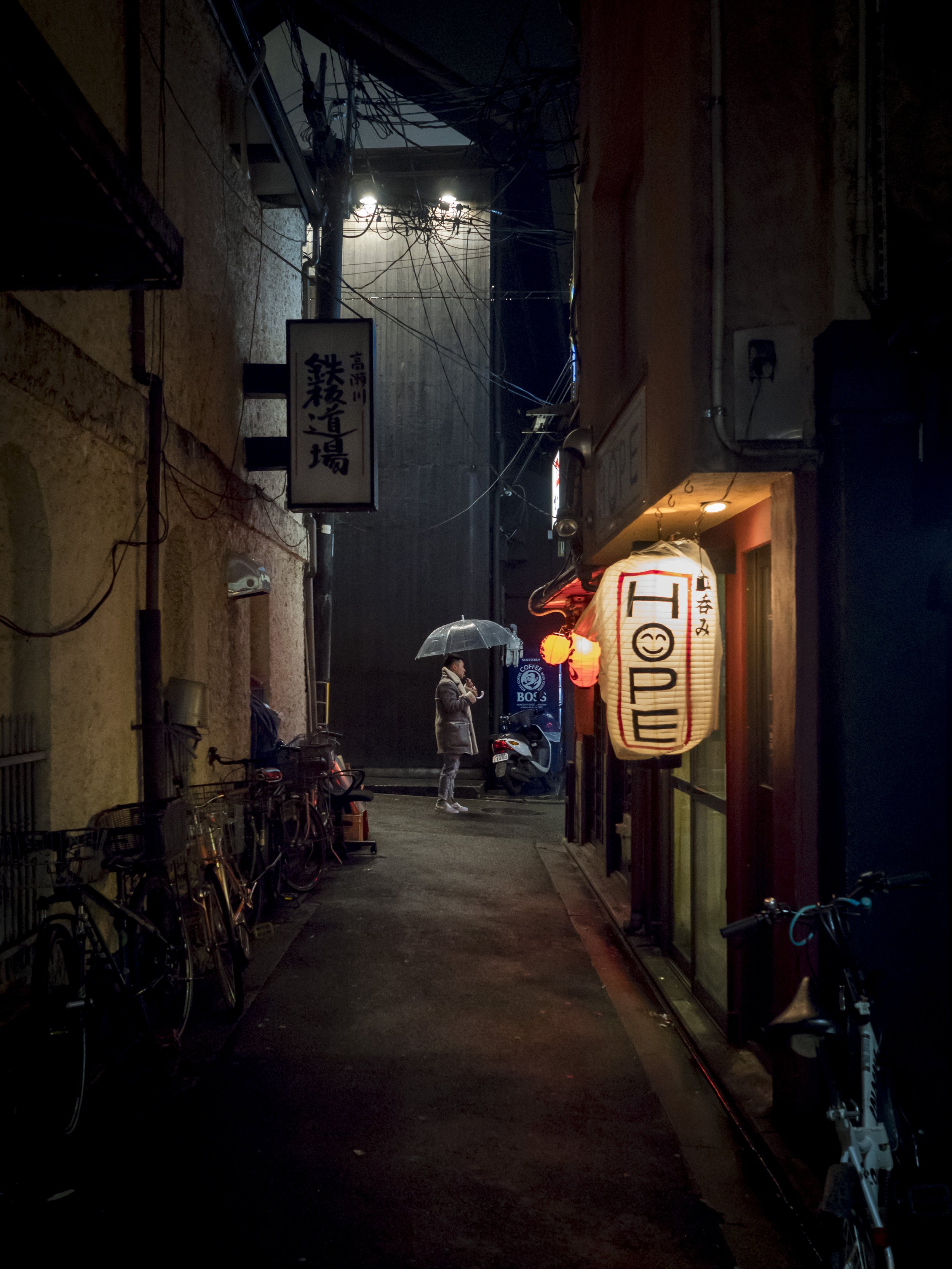
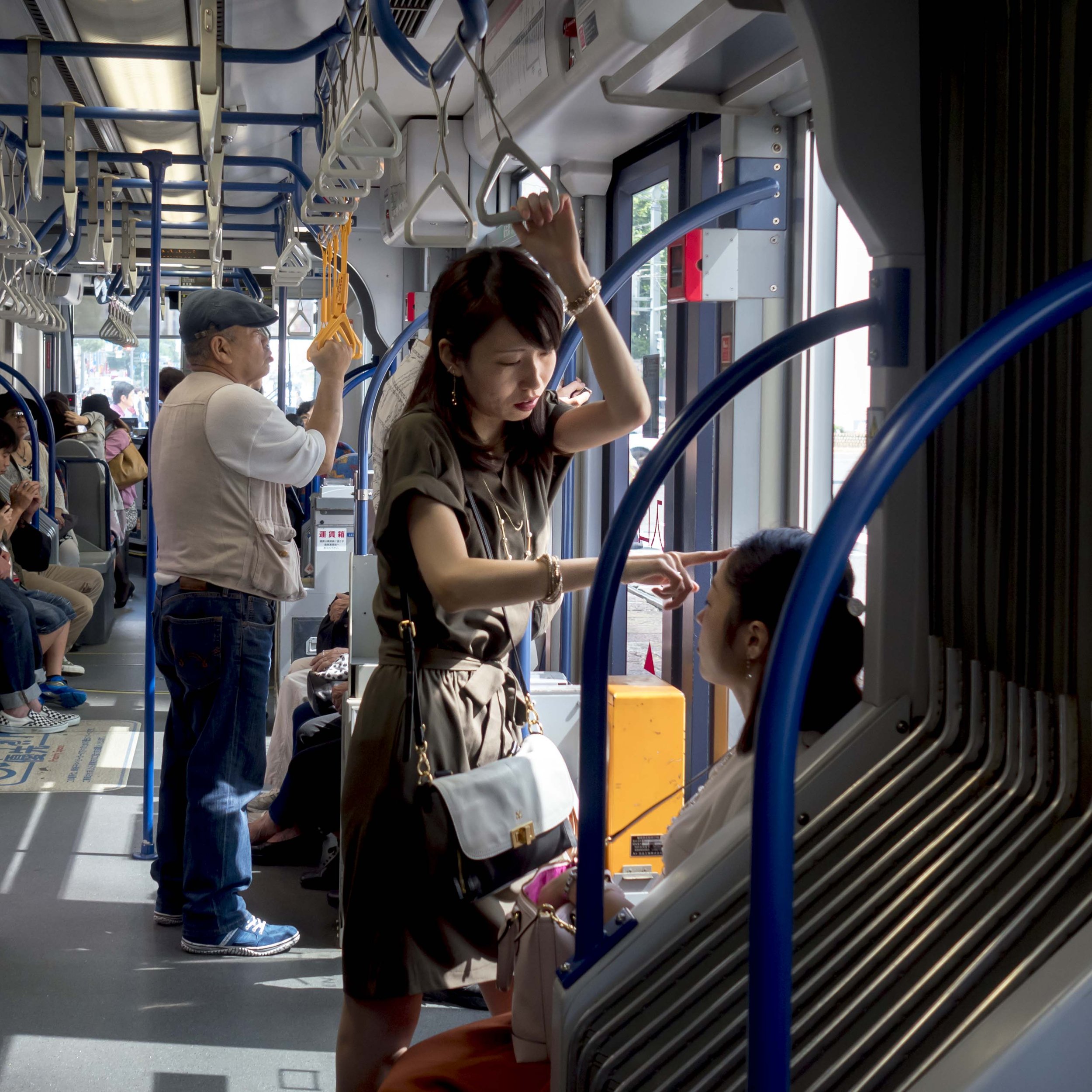
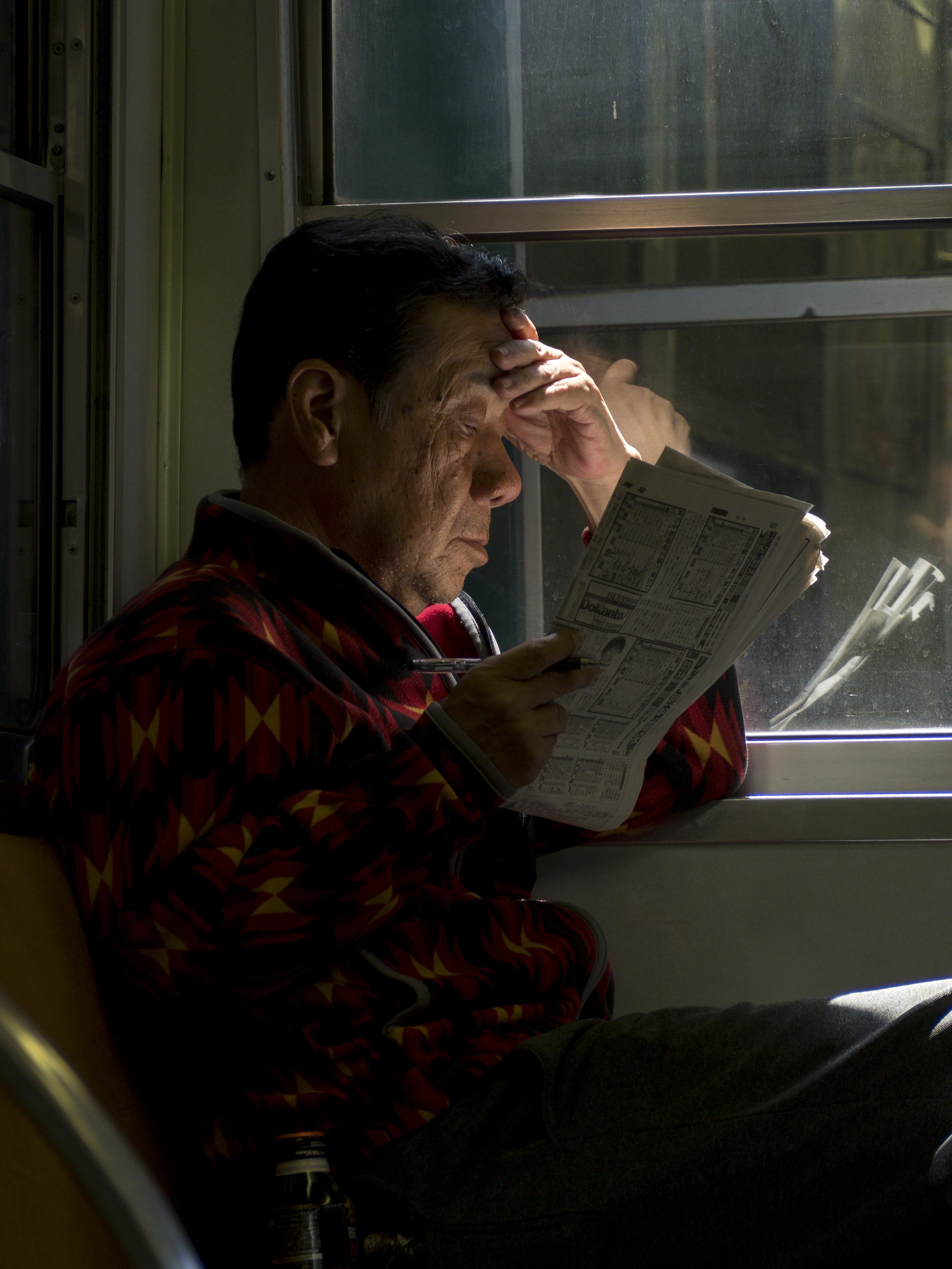
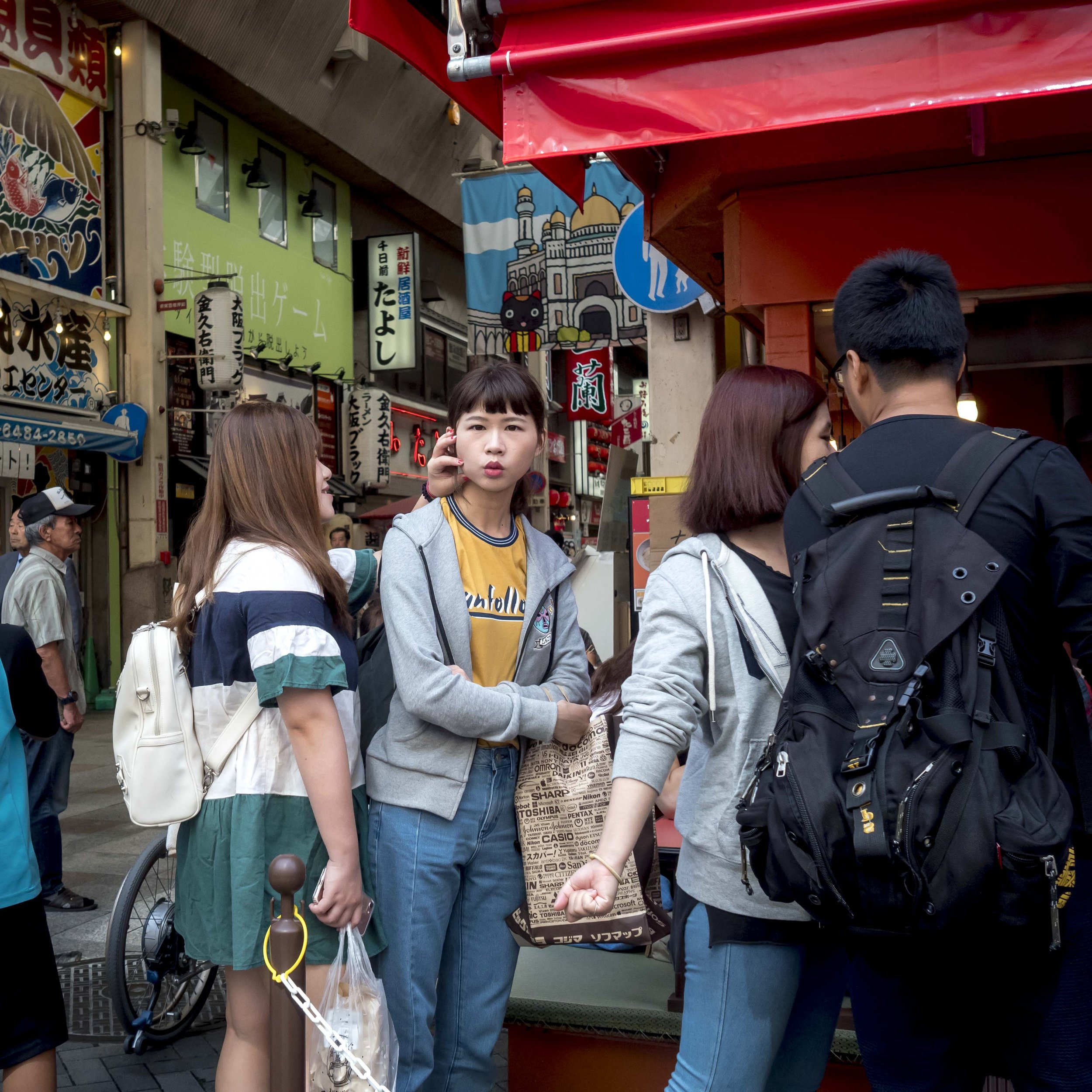
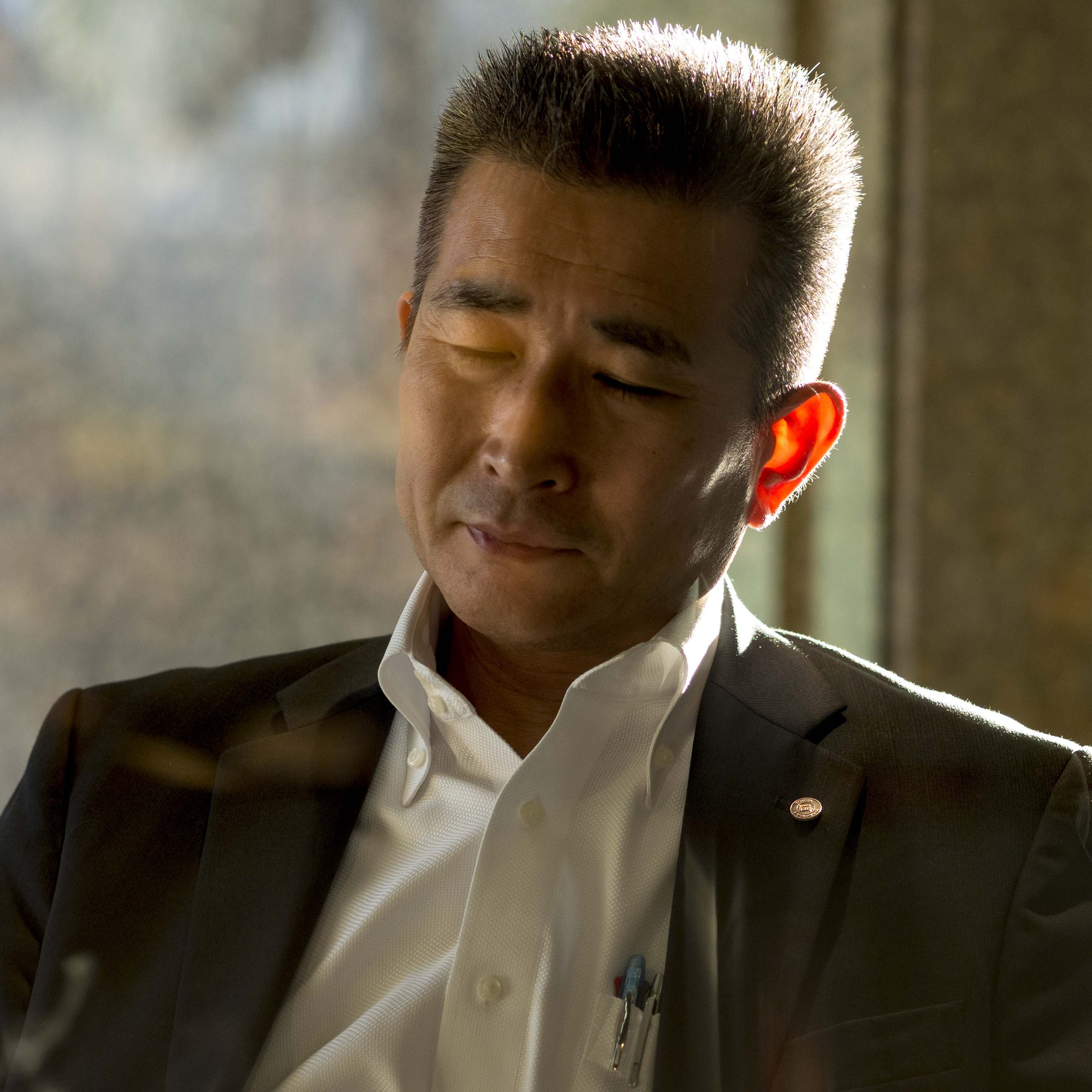
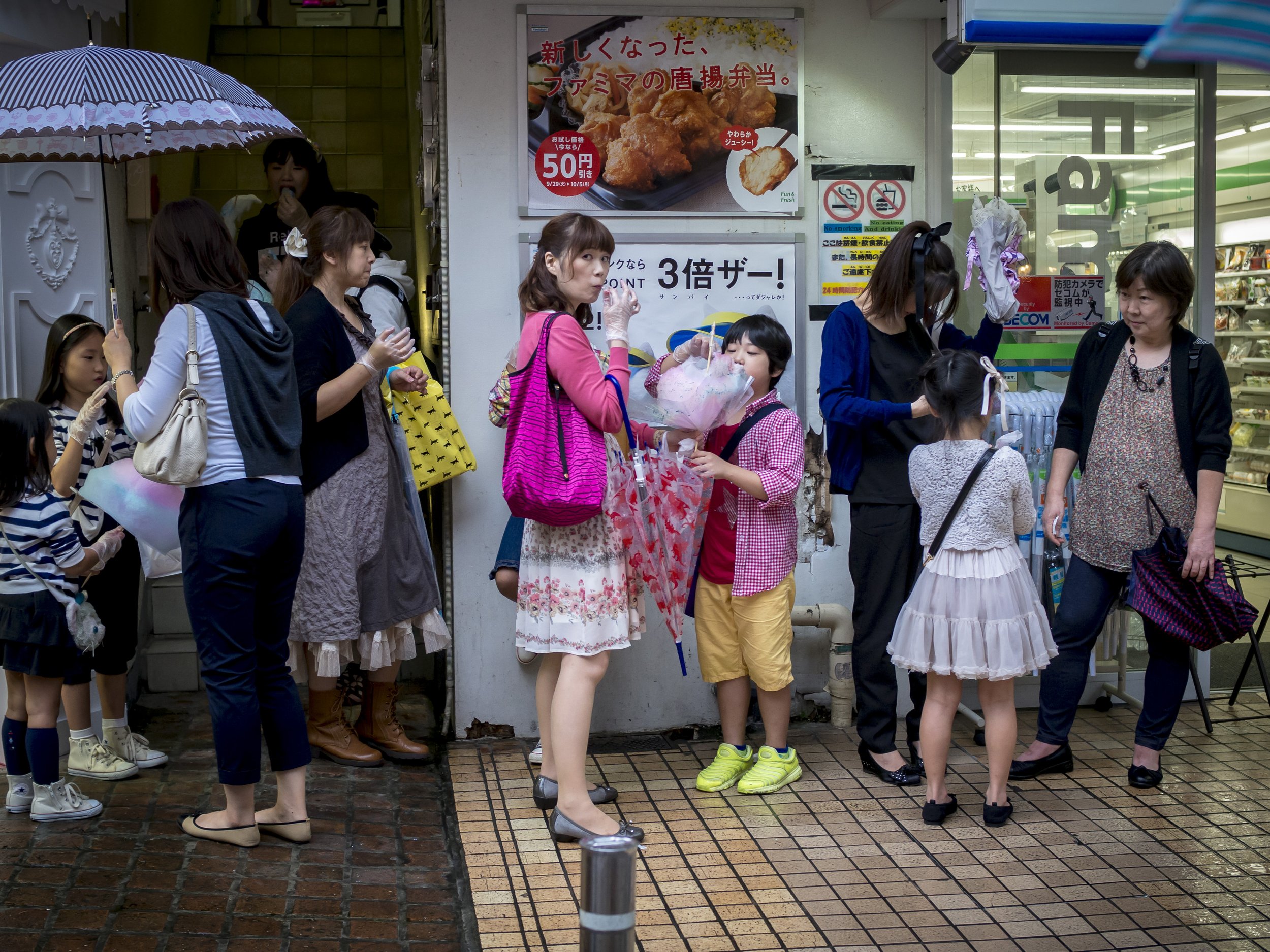
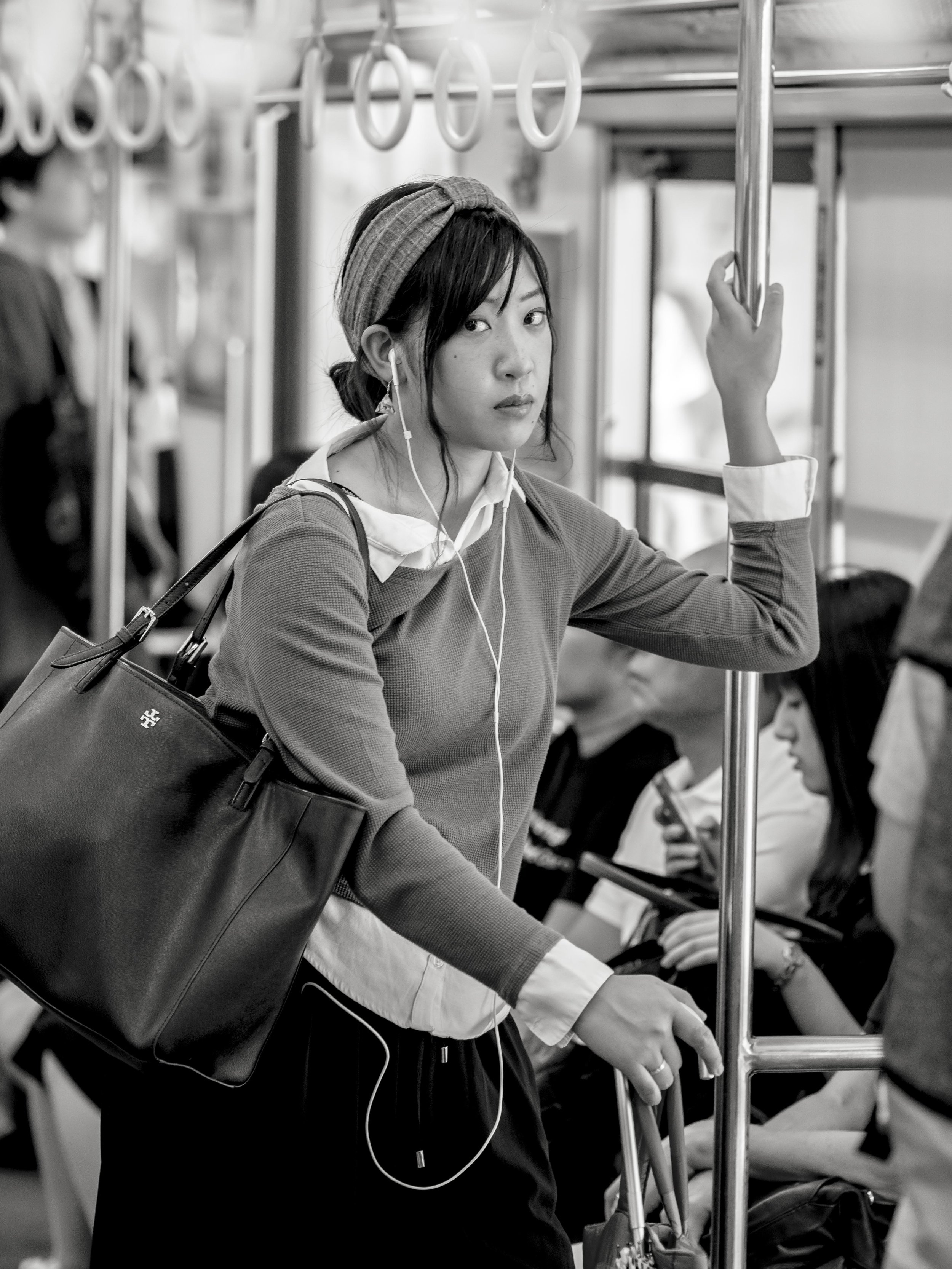
Phtotography is by definition a recording device. Rcords must be taken, but the process need not be cold and artificial.
Cameras are always getting better and always will be. Software is improving, viewing platforms also, but at the end of the day, the technically challenged, almost two hundred year old images of the American Civil War battlefield dead taken by Mathew Brady are as real and visceral as any taken since.
Ask yourself when taking an image, are you taking it of or for the subject. Are you taking or giving, stealing or sharing? Is the process two-way or one-way only?
If you can honestly say you are connecting and sharing the event with your subject, even an inanimate object by observation, then your images should show that.
If not, they better be “on trend” and better than most to stand even a small chance of staying around for a while.
